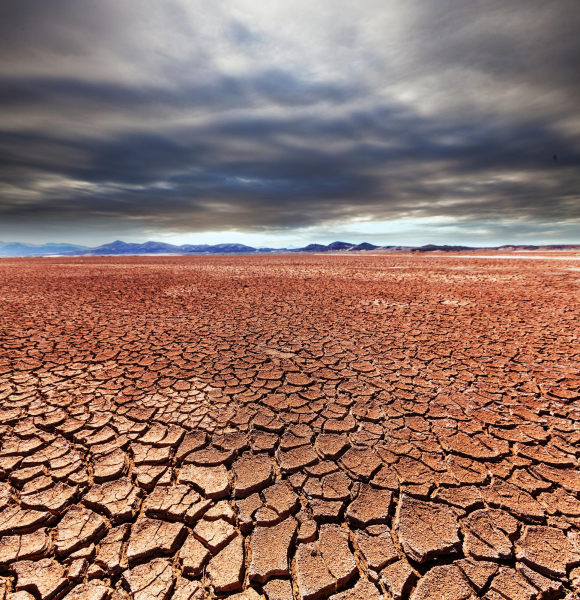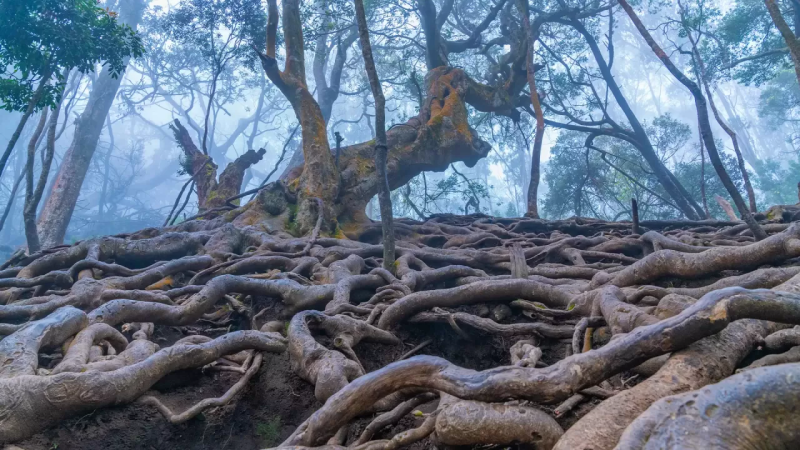
History Of Drought: Is Permanent Drought Possible?
Updated Friday, May 3, 2024, 9 AM
Drought is a prolonged period of below-average precipitation that results in water scarcity in a particular region. While severe droughts can persist over long periods, experiencing a truly permanent drought—where precipitation never occurs—is unlikely.
Historical Context
Throughout history, many civilizations have faced the challenges of drought. For example, ancient Mesopotamia experienced periods of drought that affected agriculture and water availability, impacting their societies. In the United States, the Dust Bowl of the 1930s demonstrated the severe consequences of drought when combined with poor land management practices.
Factors Contributing to Long-Term Drought
Various factors can contribute to long-term drought or persistent water scarcity:
- Climate Change: Altered weather patterns and increasing temperatures can lead to more frequent and prolonged droughts in some regions.
- Human Activity: Excessive water extraction for agriculture, industry, and urban use can deplete water sources, resulting in ongoing shortages.
- Land Use Changes: Deforestation, urbanization, and other land use changes disrupt local water cycles and contribute to drought conditions.
- Natural Variability: Certain regions, such as deserts, are naturally dry due to their geographic location and climate patterns.
Adapting to and Mitigating Drought
Despite long-term drought conditions, periodic rainfall usually occurs in most regions, providing temporary relief. Adapting to and mitigating drought can be achieved through sustainable water management practices such as efficient irrigation, rainwater harvesting, and conservation measures.
Conclusion
Long-term drought can be challenging and persistent in some areas, it is still unlikely for a region to experience permanent drought with no precipitation. By implementing wise water management strategies, communities can build resilience and sustainability in the face of changing climate conditions.
Image credit: freepik











No comments yet